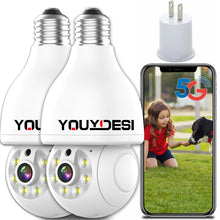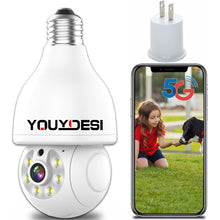Low-Light Night Vision Technology involves technologies like electron-optical conversion and electronic optics to convert photon images into electronic images, which are then further enhanced for visual clarity. It essentially transforms weak light into a form of night vision. The advantage of this technology is its ability to capture images at greater distances, but its drawback is the need for some degree of ambient light. In other words, it still requires a certain level of illumination, even if it's minimal, to capture images of the surveillance scene.
Infrared Thermal Imaging Technology, on the other hand, is a passive infrared night vision technology. Conventional infrared surveillance is active infrared night vision technology. Thermal imaging technology forms images based on the varying intensity of infrared thermal radiation from different parts of an object in the natural environment. It detects targets based on temperature differences or variations in thermal radiation between the target and its background. Since this technology does not rely on ambient light, it can provide video images in daylight, darkness, fog, rain, and other adverse weather conditions. However, it has limitations in achieving long-distance surveillance, and the monitoring images can only identify the presence of suspicious individuals, but do not provide clear facial or physical features.
Typical infrared cameras fall into the category of active infrared technology. They emit infrared light actively and rely on the reflection of this light by the target to capture surveillance images. With the application of third-generation infrared array technology, the effectiveness of active infrared surveillance has greatly improved. These products are of higher quality, longer lifespan, and require less demanding manufacturing processes, which results in cost-effectiveness and a wide range of applications.
In practice, low-light night vision and infrared thermal imaging technologies share some similarities. Both of these technologies are mainly used in special monitoring locations that require nighttime surveillance and have certain requirements for the concealment of equipment. These areas include military, criminal investigation, drug interdiction, and security applications. In such monitoring sites, both types of equipment are suitable. Low-light night vision cameras are capable of enhancing electronically generated images from faint natural light sources to achieve effective monitoring. In contrast, thermal imaging technology relies on the principle that objects emit infrared radiation above absolute zero temperature (-273°C). This technology allows for the clear observation of all objects, people, animals, and scenes because of the differences in the thermal radiation intensity of various objects. Furthermore, it is unaffected by obstacles such as smoke, fog, and vegetation. It operates both during the day and at night. It is important to note that commonly mentioned infrared cameras are of the active infrared type, which uses an infrared beam for illumination, is not restricted by the illuminated target, can work in complete darkness, is cost-effective, but has limited illumination range, lacks strong concealment, is susceptible to the influence of weather, and has significant differences in the reflection of infrared light by various targets, which can affect image quality.










